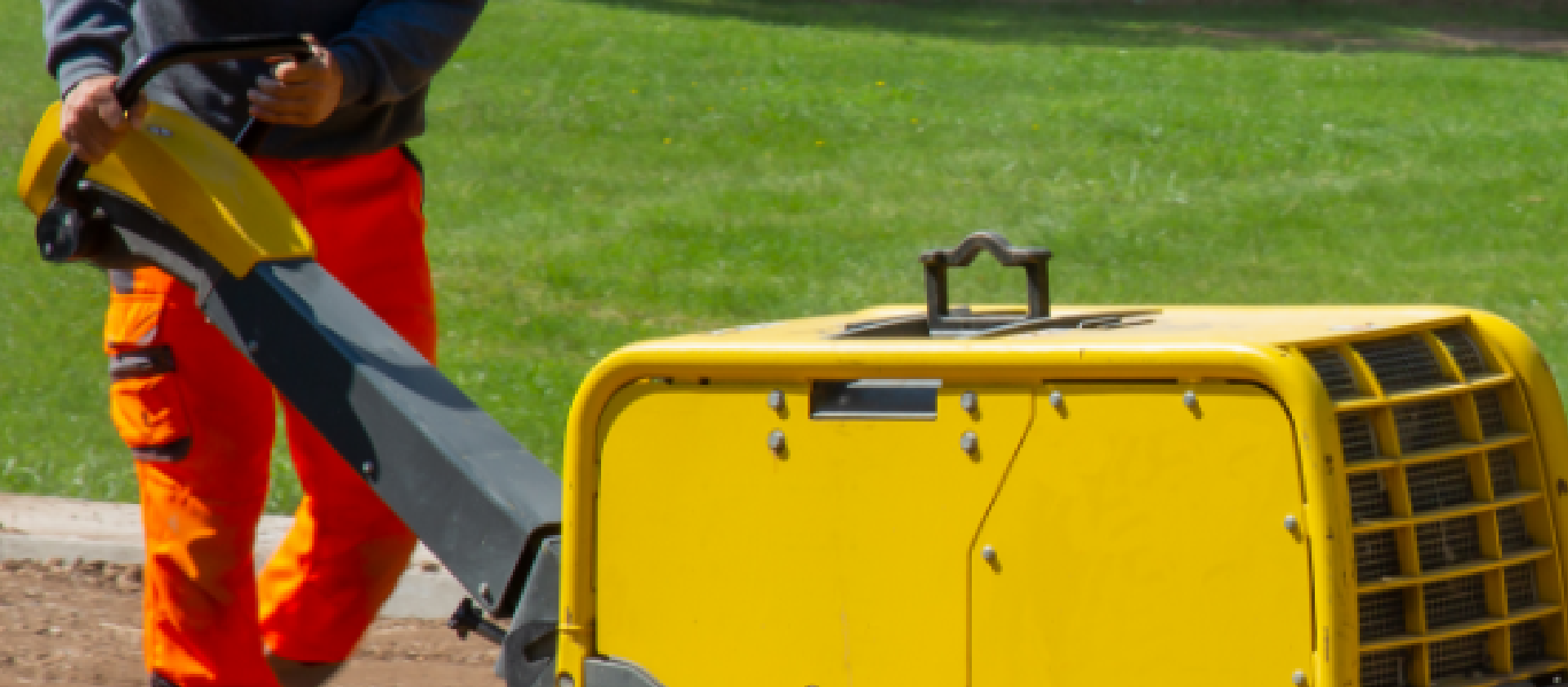
Temperature Controlled concrete
Developing temperature-controlled mixed concrete with reduced heat of hydration for mass concrete applications is aimed at achieving lower core temperatures, minimizing temperature differentials within concrete structures, and ultimately enhancing durability.
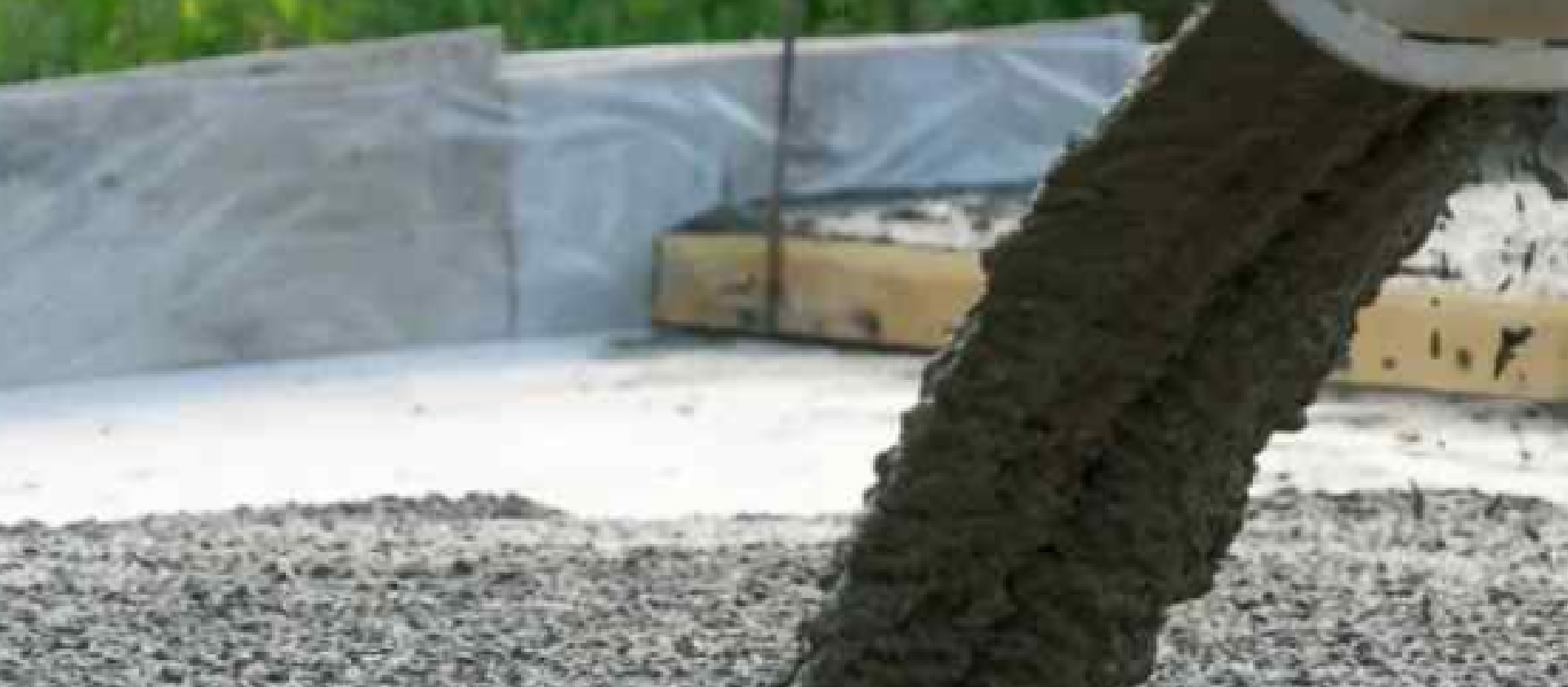
Self compacting concrete
Self-compacting concrete (SCC) is a type of fresh, pre-mixed concrete that possesses the ability to flow under its own weight without the need for external vibration to achieve compaction.
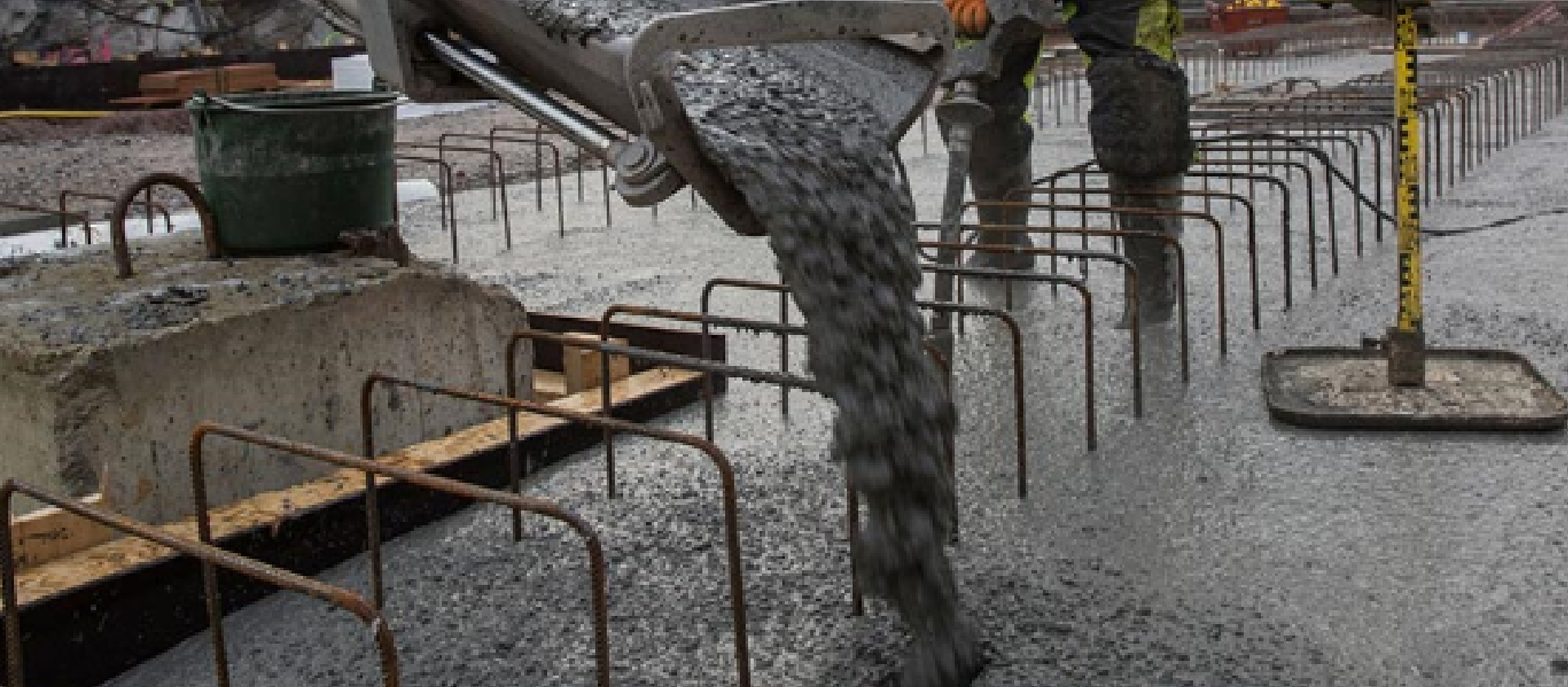
Green Building concrete
The term "Green Concrete" refers to a concrete that has undergone additional measures in its mix design and placement, ensuring a sustainable structure with an extended lifecycle and a low-maintenance surface, which contributes to energy efficiency, reduces CO2 emissions, and minimizes wastewater impacts.
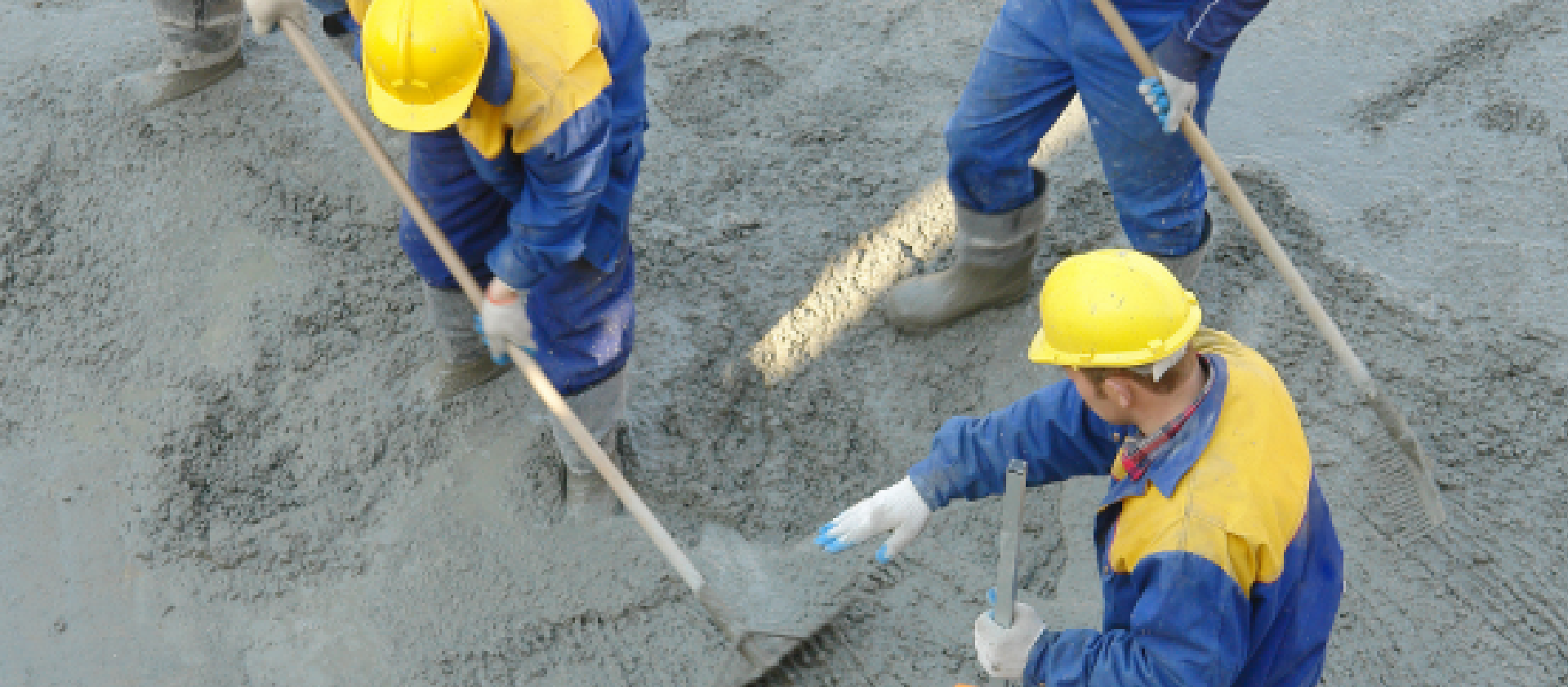
High density concrete
High-density concrete exhibits a density approximately 50% higher than that of conventional concrete, with the potential to achieve densities up to 5200 kg/m3 by utilizing iron as both the fine and coarse aggregate.
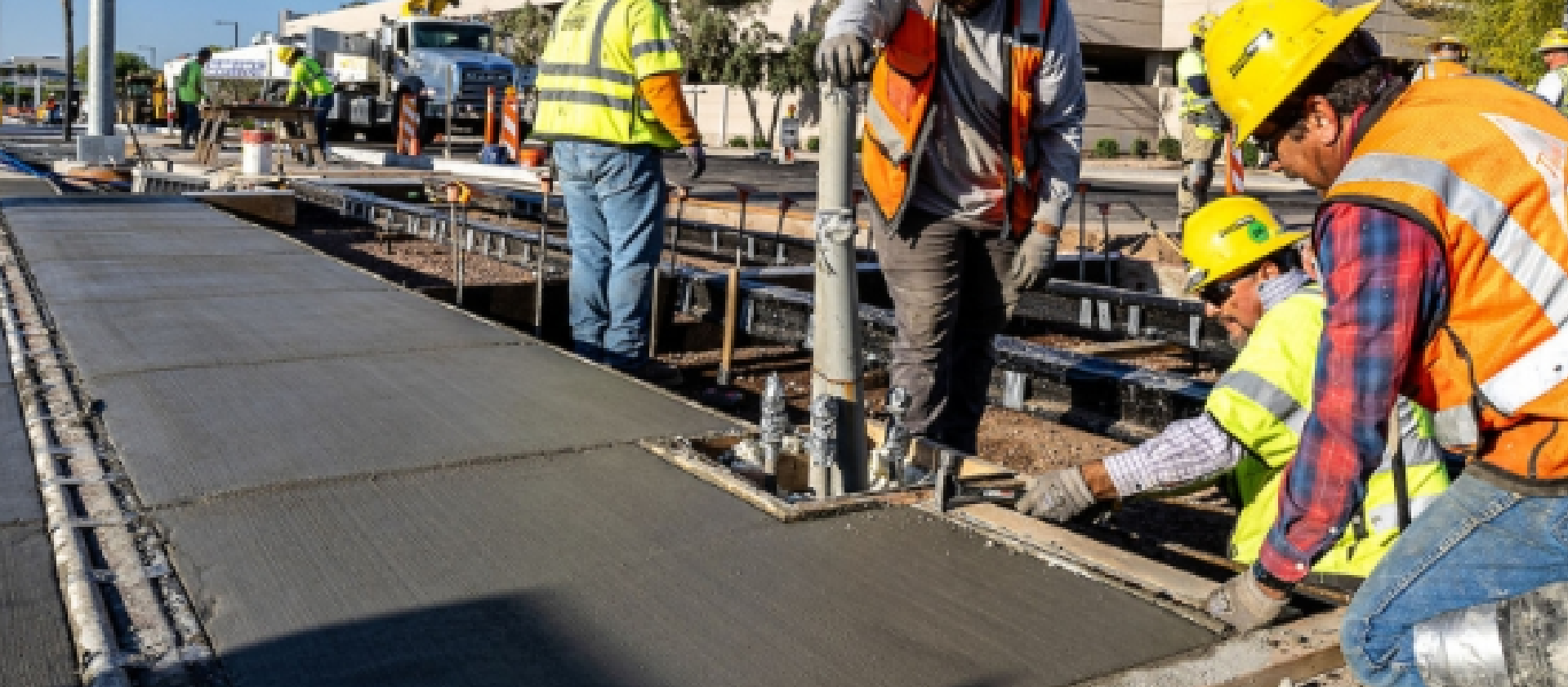
High Strength concrete
The typical composition of the material involves the combination of Portland cement, supplementary cementitious materials, reactive powders, fine sand, limestone and/or quartz flour, high-range water reducers, and water.
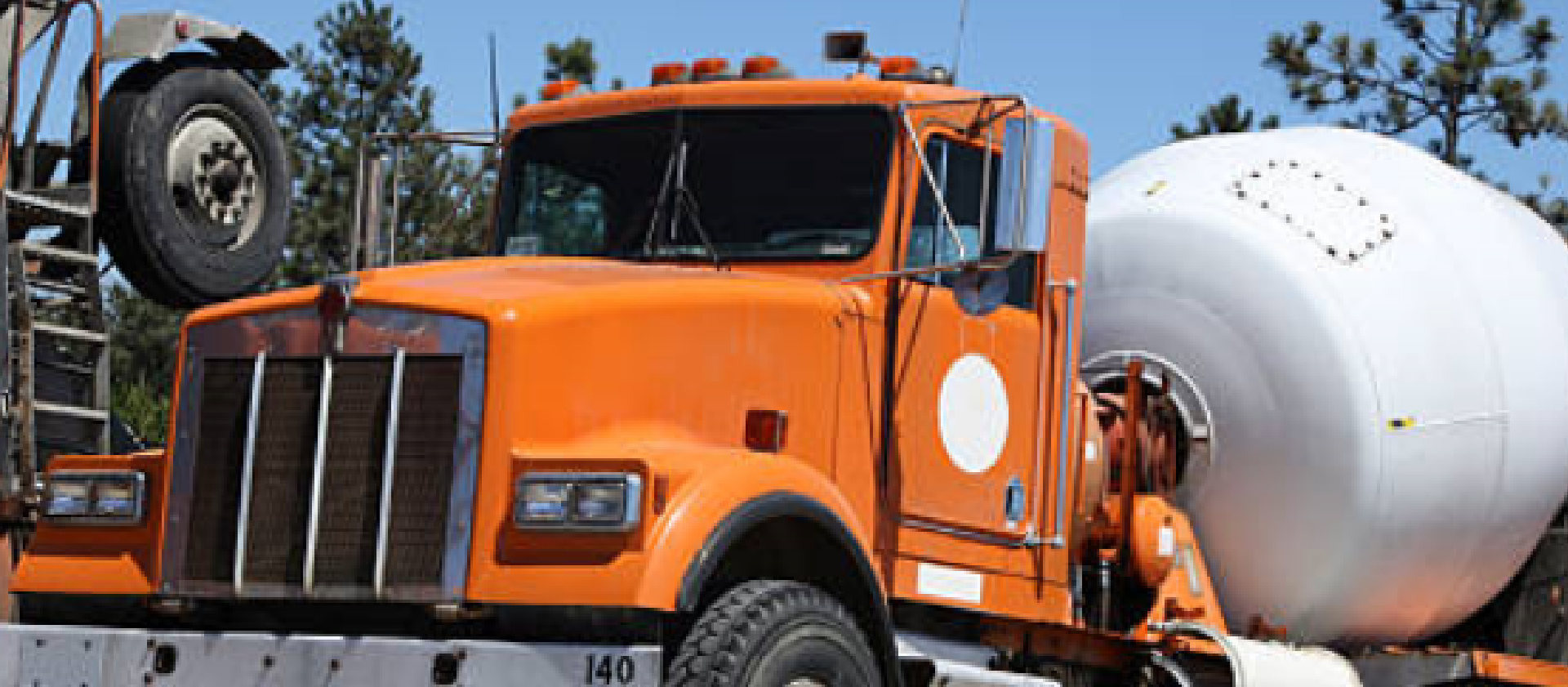
Early Strength concrete
Concrete achieving a compressive strength exceeding 60 MPa within 28 days falls into the category of high-performance concretes, offering versatile technical properties suitable for a wide range of construction applications.
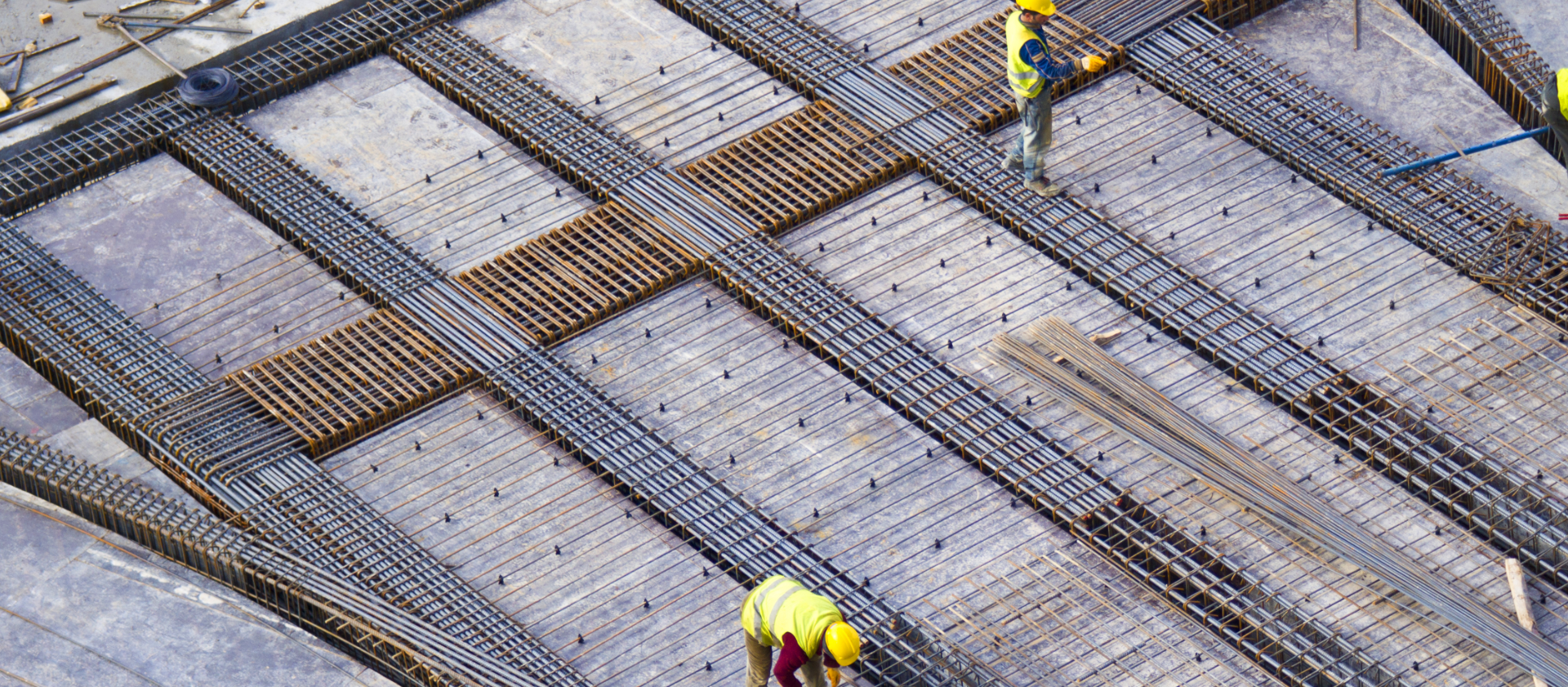
Light Weight concrete
Lightweight concrete falls into three primary categories: lightweight aggregate concrete, foamed concrete, and autoclaved aerated concrete (AAC). It can be manufactured using a diverse selection of lightweight aggregates, including materials like volcanic pumice, clay, and slate, among others.
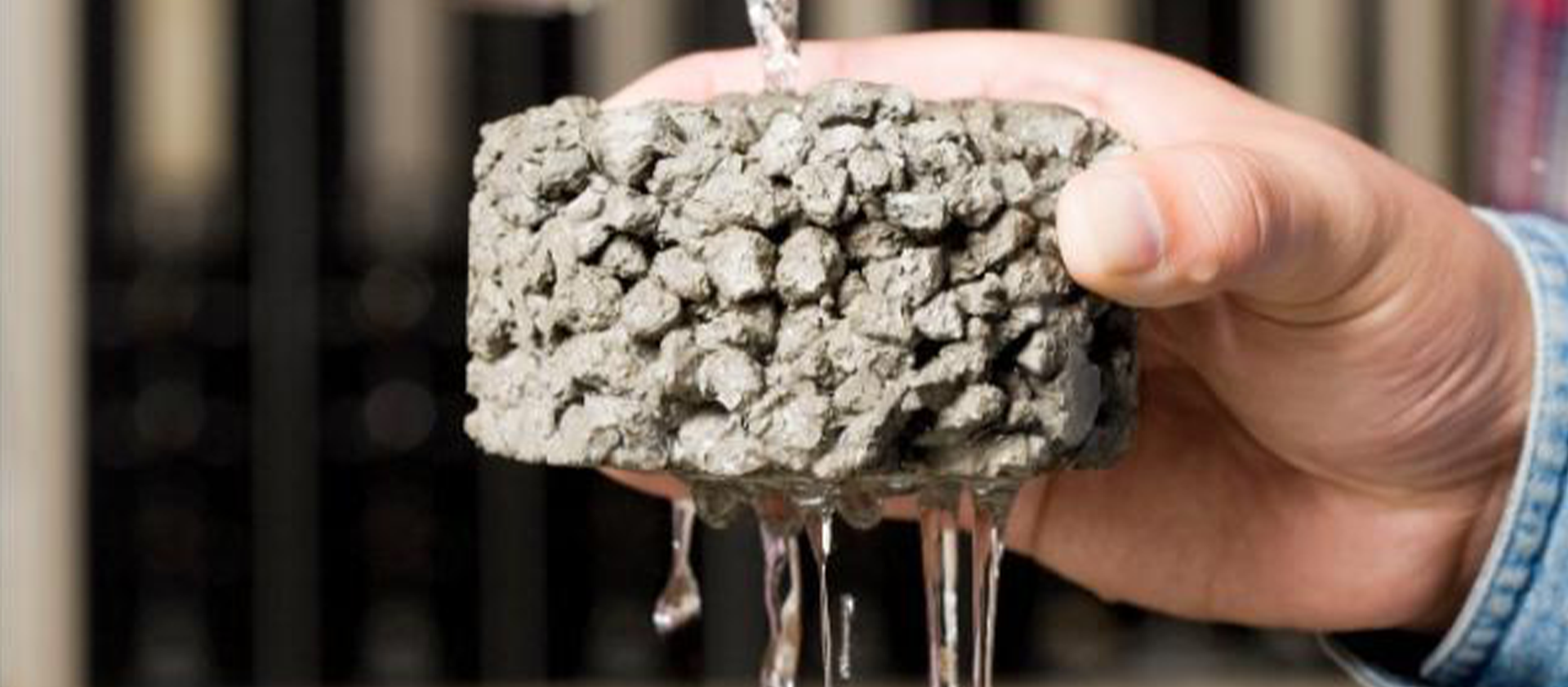
Water Permeable concrete
A unique form of porous concrete, designed for flatwork applications, facilitates the direct passage of water from precipitation and various sources. This design helps minimize runoff from a site and promotes the recharge of groundwater.